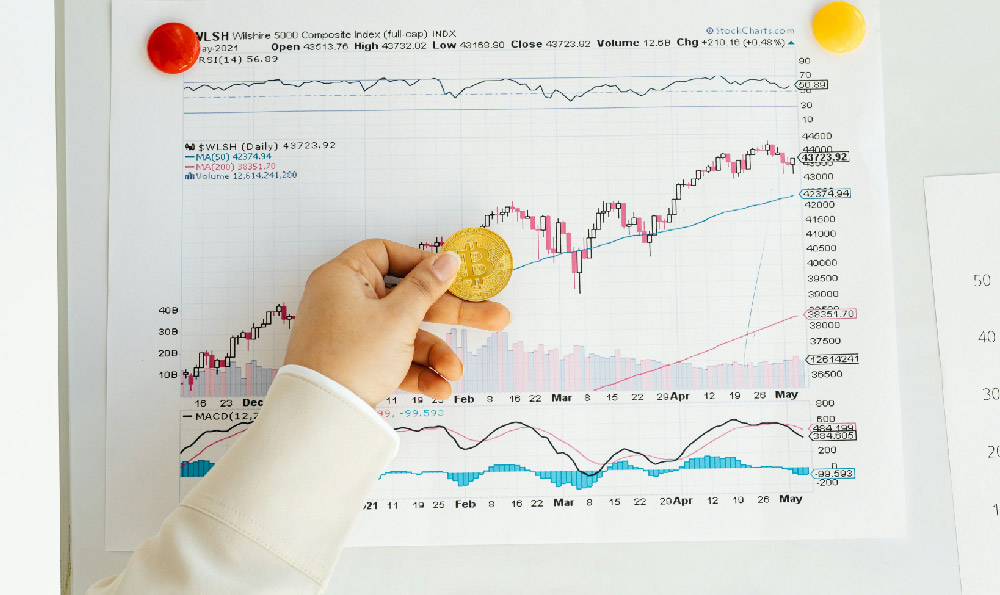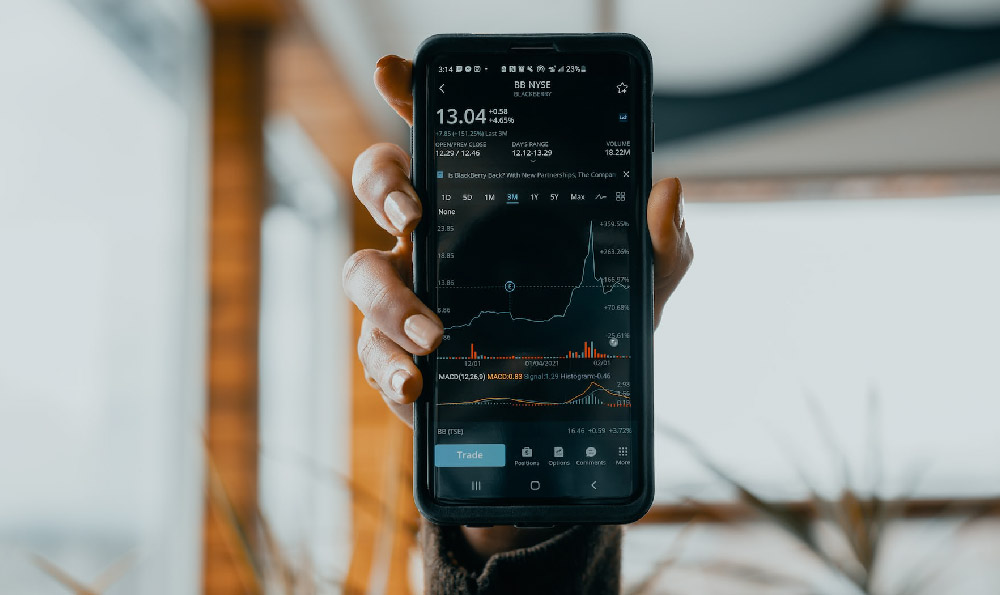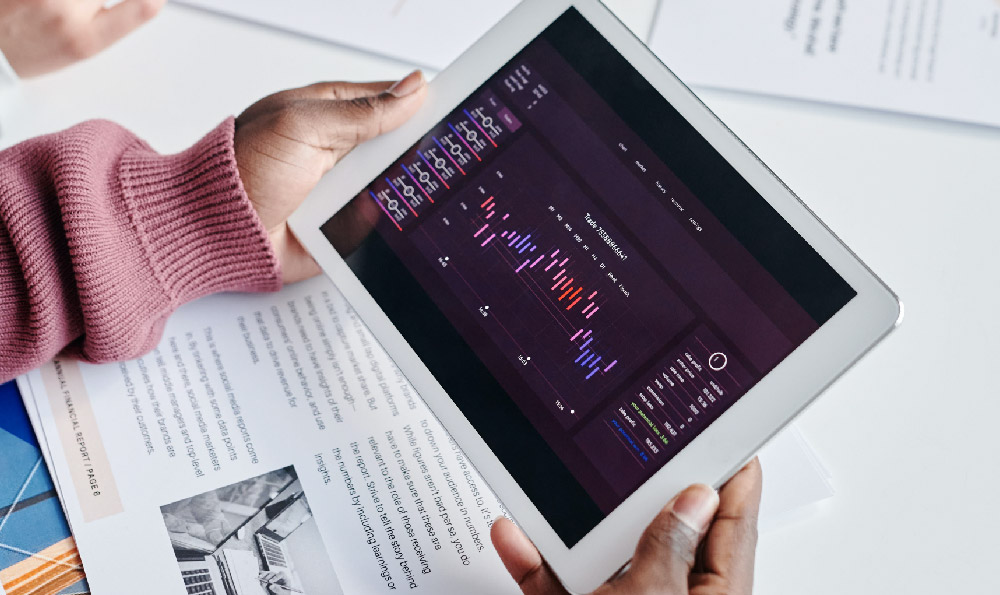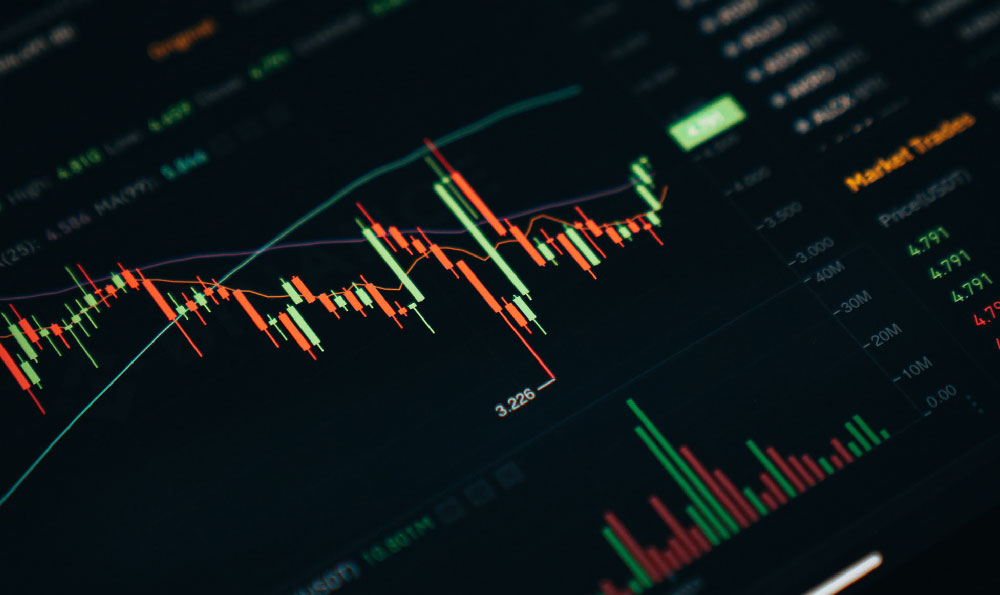Robinhood has undeniably revolutionized the landscape of retail investing, democratizing access to the stock market for a generation of new investors. With its sleek, mobile-first interface and commission-free trading, it has enticed millions to take their first steps into the world of stocks, ETFs, and even cryptocurrencies. However, before diving headfirst into this platform, it’s crucial to understand precisely what Robinhood offers, its inherent risks, and whether it aligns with your individual financial goals and risk tolerance.
At its core, Robinhood is a brokerage firm that allows users to buy and sell stocks, exchange-traded funds (ETFs), options, and cryptocurrencies directly from their smartphones. The platform’s primary allure lies in its commission-free trading model. Traditional brokerages typically charge a commission for each trade, which can eat into profits, especially for small investors making frequent transactions. Robinhood eliminates these fees, making it attractive to those starting with limited capital or employing high-frequency trading strategies.
Beyond commission-free trading, Robinhood offers a user-friendly interface that is significantly simpler and more intuitive than those of many established brokerages. This accessibility has been instrumental in attracting younger, less experienced investors who might otherwise be intimidated by the complexities of traditional trading platforms. The app's design emphasizes ease of use, with clear visuals and simplified terminology, making it easier to navigate the market and execute trades.

Robinhood also offers features like fractional shares, which allow investors to buy a portion of a single share of a company. This is particularly beneficial for investing in high-priced stocks like Amazon or Google, where a single share might cost thousands of dollars. Fractional shares allow users to invest smaller amounts and diversify their portfolios, even with limited funds.
Robinhood's "Gold" subscription provides additional features, such as instant deposits (allowing access to funds before they officially settle) and margin trading. Margin trading involves borrowing money from Robinhood to invest, which can amplify both profits and losses.
However, the seemingly effortless nature of the platform belies some significant risks. The very features that make Robinhood appealing – commission-free trading, a gamified interface, and access to complex instruments like options and margin – can also contribute to impulsive decision-making and increased risk-taking.
The absence of commissions might encourage excessive trading. Without the immediate cost of each transaction, users may be tempted to buy and sell frequently, attempting to time the market. Studies have shown that frequent trading often leads to lower returns than a buy-and-hold strategy, as transaction costs, even if seemingly negligible individually, can accumulate over time.
The app's design, intentionally or unintentionally, incorporates elements of gamification, employing bright colors, animations, and push notifications to encourage engagement. While visually appealing, this can create an environment that resembles gambling more than investing. The ease with which trades can be executed, coupled with the constant stream of market data, can lead to impulsive decisions based on short-term fluctuations rather than sound financial analysis.
Furthermore, the availability of options and margin trading on Robinhood presents a substantial risk for inexperienced investors. Options trading involves buying or selling contracts that give the holder the right, but not the obligation, to buy or sell an underlying asset at a specific price within a specific timeframe. Margin trading allows investors to borrow money to increase their purchasing power. Both of these strategies can amplify potential gains, but they also amplify potential losses. Without a thorough understanding of the risks involved, options and margin trading can quickly lead to significant financial losses. The platform has faced scrutiny regarding its approval process for options trading, with concerns raised about whether users fully understand the associated risks before gaining access.
Another critical consideration is Robinhood's business model. While it doesn't charge commissions, it generates revenue through other means, primarily through payment for order flow (PFOF). This involves selling its customers' order data to market makers, who then execute the trades. While PFOF is legal, it raises concerns about potential conflicts of interest. The market maker might not always offer the best possible price for the trade, as they are paying Robinhood for the order flow. The difference, even if small, could negatively impact the investor's returns over time.
Finally, it's essential to consider the level of support and resources available on Robinhood. Compared to traditional brokerages, Robinhood offers limited customer service options, primarily relying on email and online support. This can be frustrating for users who require immediate assistance or have complex inquiries. The lack of readily available human support can be a disadvantage, particularly for novice investors who need guidance and clarification.
So, is Robinhood right for you? The answer depends on your individual circumstances and investment goals. If you are a beginner investor with limited capital, comfortable with technology, and willing to do your own research, Robinhood can be a useful tool for accessing the market and building a diversified portfolio. The commission-free trading and fractional shares can be particularly attractive.
However, it is crucial to approach Robinhood with caution and a healthy dose of skepticism. It’s imperative to thoroughly understand the risks involved in investing, particularly when using options and margin. Avoid impulsive decisions driven by market hype or the gamified interface. Do your own research, develop a sound investment strategy, and prioritize long-term goals over short-term gains. Consider using paper trading accounts (simulated trading) to practice strategies and familiarize yourself with the platform before risking real money.
If you are risk-averse, require significant customer support, or prefer a more hands-on approach to investing, a traditional brokerage with a wider range of services and personalized advice might be a better fit. Consider consulting with a financial advisor to develop a comprehensive financial plan that aligns with your specific needs and goals.
In conclusion, Robinhood offers a convenient and accessible platform for investing, but it's not without its risks. By understanding its features, limitations, and potential pitfalls, investors can make informed decisions and use the platform responsibly to achieve their financial goals. Remember that investing always involves risk, and there are no guaranteed returns. Always do your own due diligence and seek professional advice when needed.












